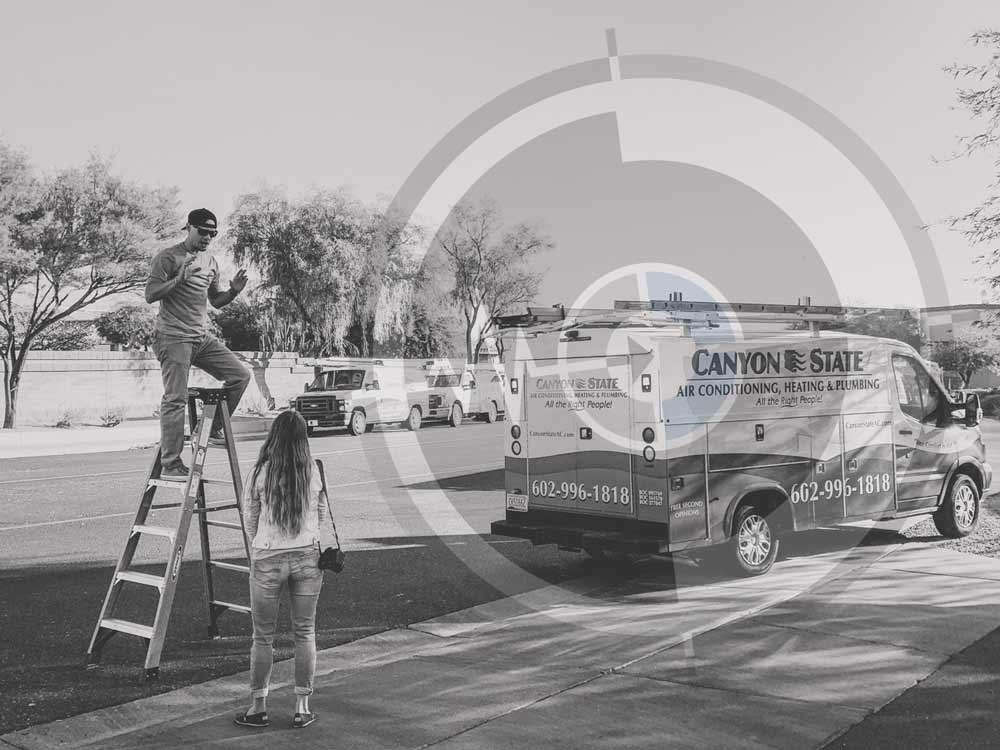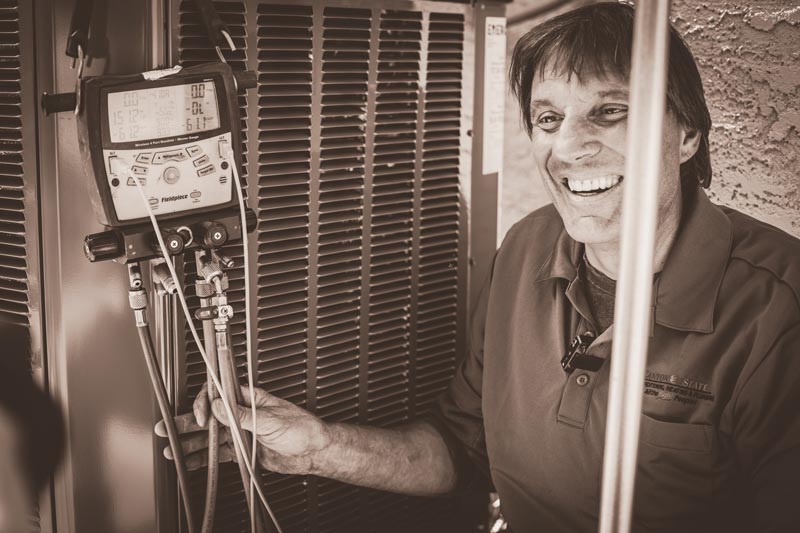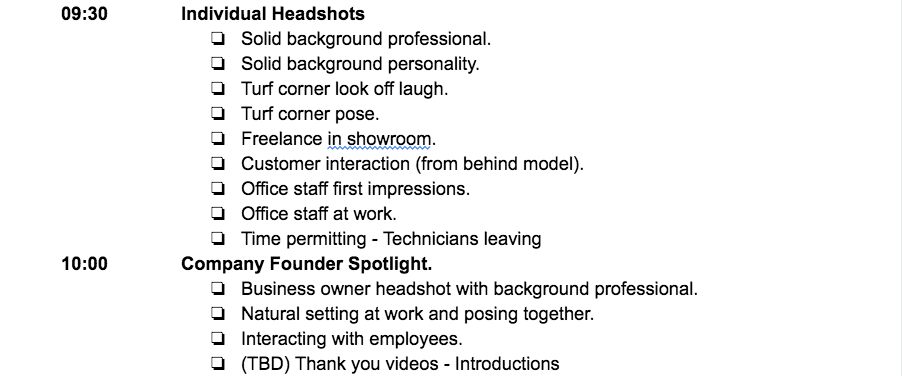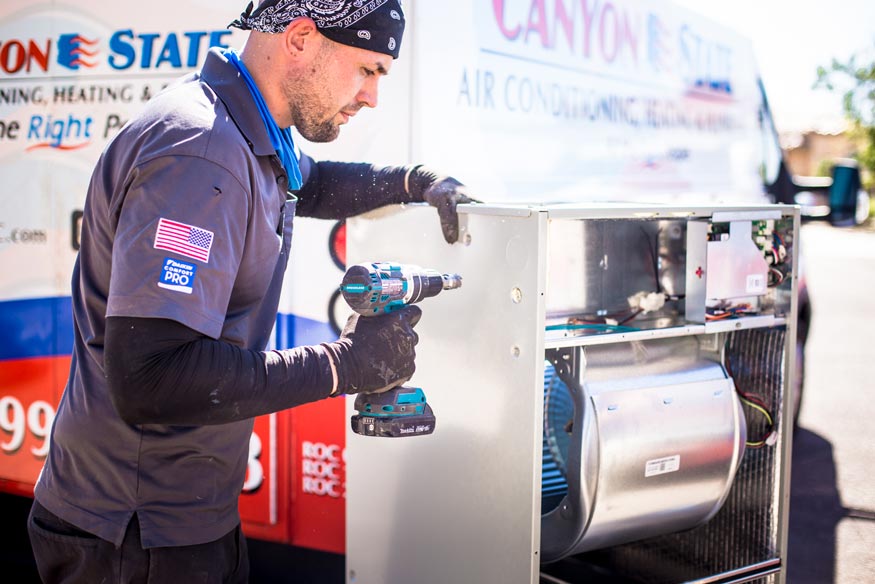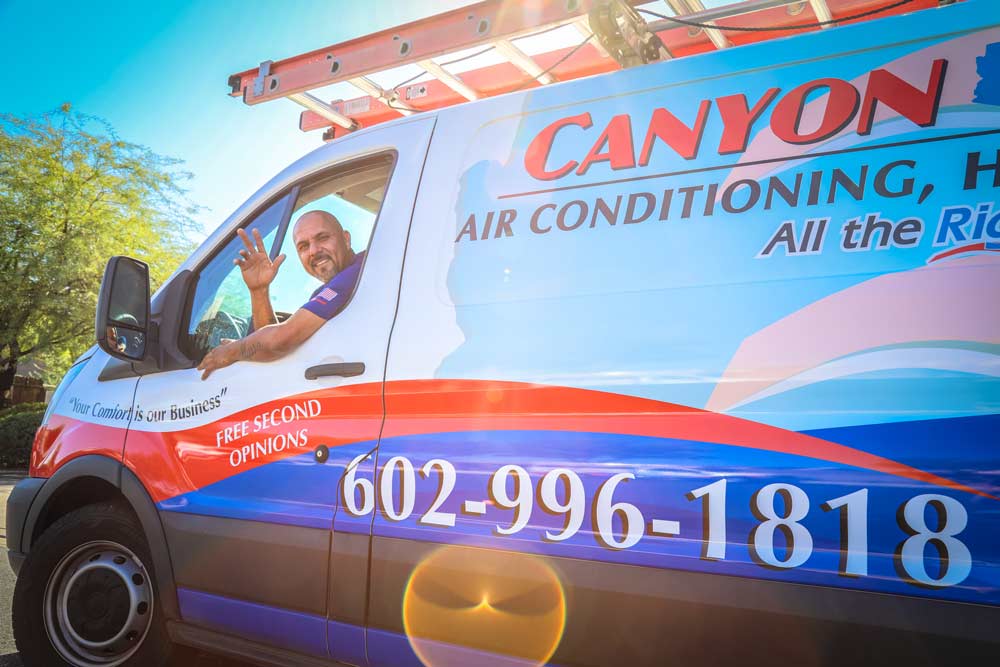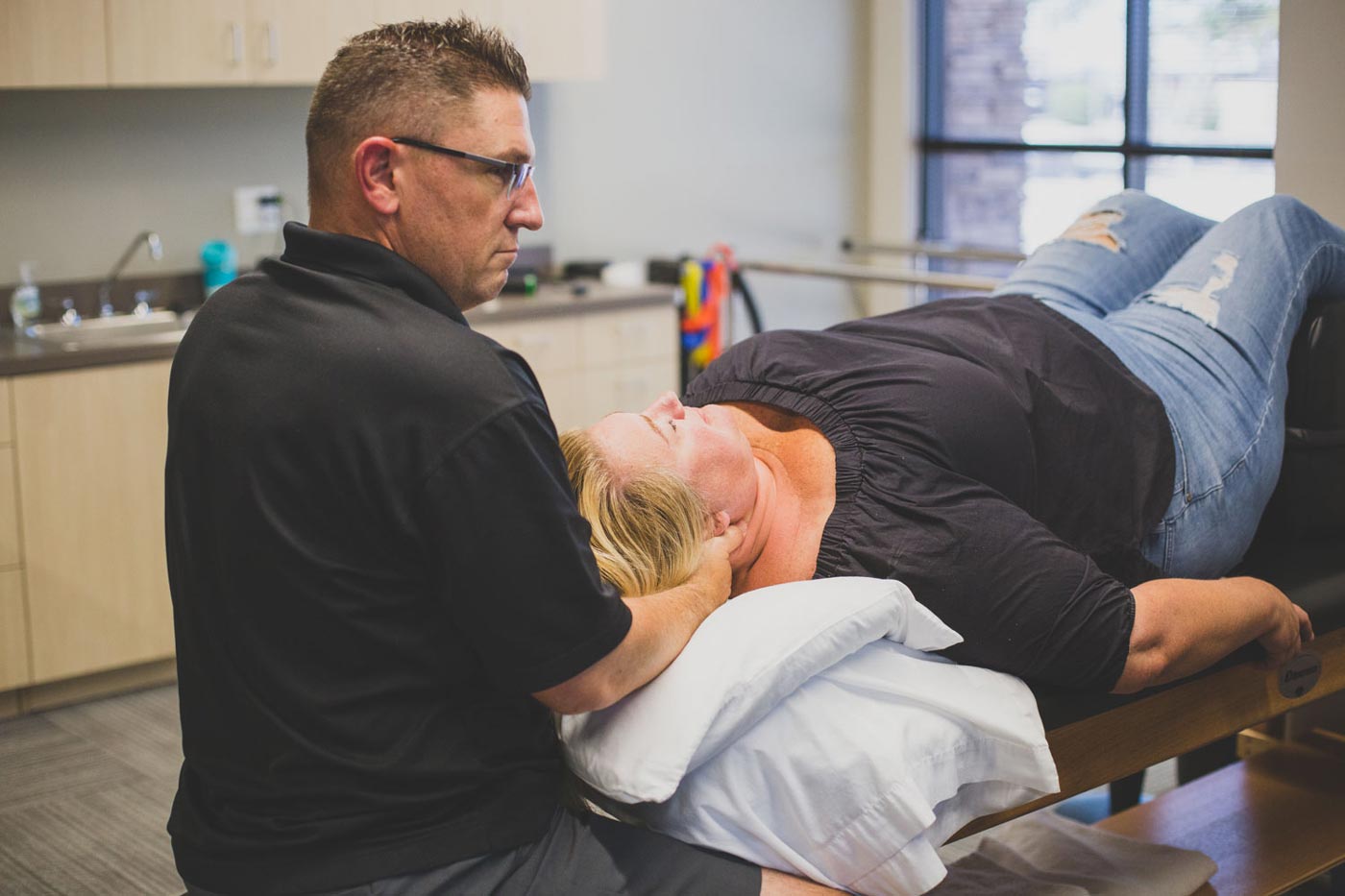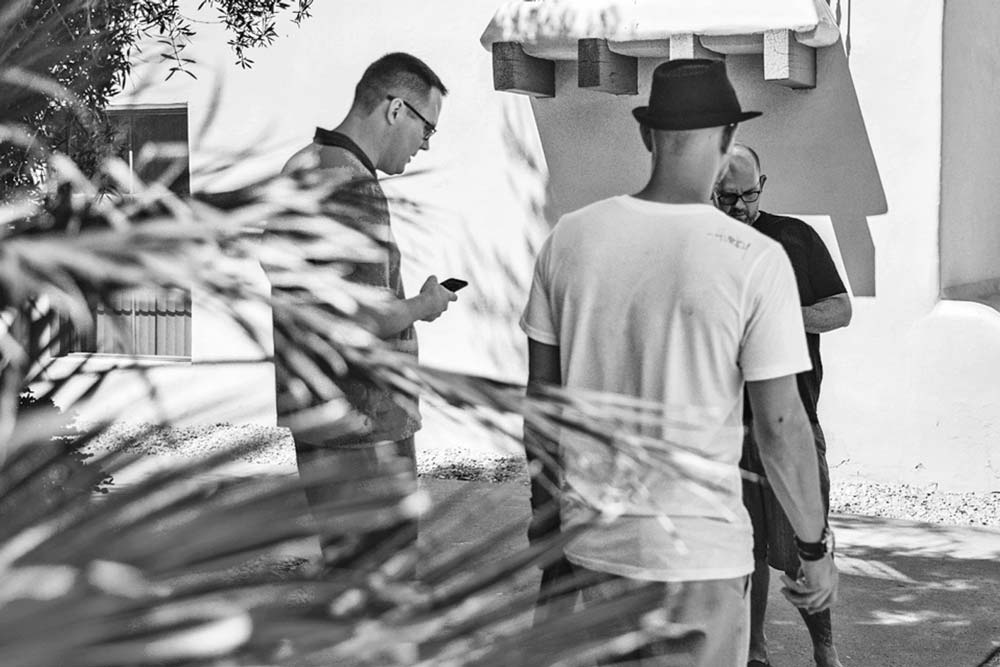Nov 18, 2021 | blog, Photography, strategy |

One of the most overlooked elements of branding and marketing is the weight of authenticity. This concerns me because most advertisements don’t actually depict the customer experience – at all. Is it really that big of a deal to create original photography content yourself? Unfortunately, many businesses use stock photos, models, creative directors and actors to make their product or service appear a lot more appealing than it really is. So why isn’t the customer’s subconscious being considered?
Why Take Pictures For Your Business?
Believe it or not, perception doesn’t stop at the sale. Marketing agencies and officials create a dwindling experience when they throw all their chips at the first impression. In their subconscious, the consumer constantly chases the promoted visual. While awareness does matter – a counterfeit culture just isn’t sustainable. A company that leans on originality usually doesn’t have to worry about low satisfaction ratings and minimal market share.
When I ask business owners and CEO’s why they allow fabricated pictures, the main response I get is, “Well, we don’t think our customers care.. Everyone else does it and they’re having success..” They usually believe their failed marketing efforts lie in a blog or media-buying strategy. There’s no desire to create original photography content.
However, succumbing to industry standards or basing decisions on competitor efforts basically means you’re OK with being average. I can’t work with that. I think it’s safe to say any human being would be lying if they said they weren’t interested in who’s making a product or offering a service they’re paying for. Original photography not only satisfies this subconscious desire, it also gives people a reason to browse your content. The amount of time people spend on your website is a major factor for search engine rankings (Google, Bing, etc).

How to Maximize the Use of Your Original Photography.
If you’ve already been publishing a lot of original content on your social media profiles, that’s good. But you’ll also want to make sure some of the media is making it on your website and other local citations. Whether you like it or not, your business is plastered on all kinds of online directories that try to obtain traffic and send referrals your way. (Yelp, Mapquest, Apple Maps, Google Maps, Yellow pages, Houzz, Thumbtack, to name a few). Adding original photos here and optimizing them for SEO really helps with click through ratings.
The goal, at least with me, is to try to create a seamless experience that’s cohesive on all channels. Being consistent with your posts when you create original photography content gives you a chance to be recognizable when ideal customers are in the buying stage. While it’s not always a bad idea to have a go-to publishing platform, limiting your authentic reach leaves money on the table. Some of the photos you take might even come in handy for signage or display ads.
Who Would Really Benefit From Original Photography Content?
Medical practices, for example, are loaded with stock photos of doctors and nurses that are clearly fake. Has the industry lost touch with society? Do they really think all their business derives from referrals and insurance coverage? In reality, most patients stumble across the same pictures during their search. It can be rather discouraging when you’re already sick or in pain. Not very often do you come across a physician’s website that’s loaded with original photography content.
I haven’t met many people that like going to the doctor. It can be kind of a crap shoot picking one. When a patient can get to know a provider before meeting them, it tends to create a sense of trust and peace of mind. You can’t tell me this wouldn’t improve conversion rates. Since turnover tends to be high in the medical industry, staying up to date on who’s in the office and why you hired them shows you’re committed to the patient – without having to tell them. So don’t tell me you don’t have the budget for it.
If you offer home services, showcasing your people and their capabilities is just as impactful. As a husband and father of 6, I like knowing who’s going to be entering my house. When you’re not able to communicate that online, it subconsciously tells me two things: You’re not proud of your staff or their appearance may detour me from the sale. Going the extra mile to show ideal customers who’s involved and what they can expect is a big deal. While video is far more impactful, it’s not hard to create original photography content.

7 Tips to Create Original Photography Content.
Once you understand the value of authentic measures, it can be easy to become overwhelmed with ideas. Most business owners that tackle something new often get stuck in the planning stage. So the main key is to figure out what you need to capture most and do it!
1. Get Going On a Gameplan Today!
You don’t need professional help to create original photography content yourself. While the quality may suffer, it’s better than nothing at all. Like I said, it shows you’re proud of the business and have nothing to hide. Everyone has a smart phone that can easily capture a product, team picture, happy customer or people at work. If you want to start with the culture, then schedule a company photo and some basic headshots (at least for management) right now! Don’t go overboard or it won’t get done.
Until you get into the habit of capturing original content, you’ll want to make short strides. You can plan out different types of photography down the road. In order to make the most of your time, take as many pictures as you can. Since you’re not a professional, it’s going to be hard to know what the best angle will be. Besides, somebody is always blinking, standing awkwardly or making a disgusting face. A plethora of options is always better than 2-3 standard poses.
If it’s just you or a small group in the photographs, then you can always find someone willing to snap away for free. When you finally decide to create original photography content, do your best to be resilient. You’re going to run into some snags and will probably receive some pushback. But follow through. If you have a web development team, you can ask them to put your favorite photos online right away.
2. Please Consider Your Presentation.
To be frank, I’m not a big fan of shaving or dressing up for people in order to garner likes or obtain their business. When you’re not being yourself, it can be toxic to the original passion. But that doesn’t mean it’s OK to not care if you look like you just rolled out of bed. Having some sort of respect for who you’re doing business with is definitely important. If you can’t pull off a solid presentation for the camera, what do you think that communicates?
Taking Pictures Helps You See How You Look to Customers
When you create original photography content, it really helps you see how you (or your employees) might look in front of customers. This is one of the major things I touch on in my PreFocus process. While it’s important to be yourself, it can be hard to see past yourself. If one of your employees has a sloppy appearance or won’t stop slouching, it needs to be addressed. A bad attitude or poor professionalism can impact the entire culture – especially if they’re tenured with the company.
If the business is your baby then treat it as such! While it may be tough to get a good photo with “the guys”, I encourage you to try to be as serious as you can. Leading the business to brand equity is a big step that pays dividends. When everyone is working towards one goal, it’s a lot easier to come up with some cool ideas for pictures. In most cases, photography is used to communicate trust, competence and familiarity. So it’s on you to be recognizable while on the job.
How To Present Yourself When Photographing Original Content.
Instead of taking pictures of material things or posing at events, showcase your work and everyone involved. The idea is to create original photography content that captures people in their element. When people just look busy, it’s kind of cheesy. So try not to stage a lot of things and overdo it. It also helps when you’re able to incorporate branded merchandise (shirts, hats, pens, coffee mugs, etc.). Just make sure when it’s all said and done that the company’s presentation is consistent moving forward. Don’t let the photos be the only interpretation.

3. Consider the Angles You Capture At.
One of the worst things you can do when taking pictures is place the camera low. Although a nice hero shot (aiming up from the side as pictured above) shows authority, it’s better to leave this to the professionals. Angling up someone’s nose can be risky. Unless you’re trying to give the perspective of a toddler or puppy, chest height or higher usually works best. But don’t spend so much time of profile and team pictures. Over the shoulder or “heaven” shots (angled from above) work well.
However, when you create original photography content, it’s more about real moments in time, remember? You’ll want to take pictures as if you’re a fly on the wall or getting a bird’s eye view. A good way to do this is to capture the corners of different objects that are in the frame. A fence post, tree leaf, computer monitor or even the back of someone’s head can really add perspective to the photo. Leaving a bunch of empty space in the photo also allows you to add writing to the photos for future posts.
Shadows are the last thing you’ll want to consider when determining your angles. If a line of light is streaking across someone’s face then you’ll want to reposition them. Also, make sure you ask if anyone thinks they have a “bad side”. The last thing you want is to post images that people aren’t comfortable with or approve of.
4. Lighting Makes a Big Difference.
Speaking of lighting, there’s really only one way to go about removing shadows. This requires a 5 light setup (front, back, both sides, and a fill) that basically brightens every area around the spot you’re shooting. Most businesses don’t have this capability or even the need to. While standard indoor lights do hinder image quality, adding a “fill” light on the floor will help balance things out. A simple lamp and a “daylight” light bulb is enough.
As long as there’s an even amount of lighting in front of the camera or across the object your shooting, you should be fine. Don’t overdo it. Too much brightness is distracting and will cause squinting. Lighting behind a subject can give your picture a glow or halo effect, but it can also end up looking really bad! The easiest way to set up sound lighting is to just shoot near a window or go outside. Mid morning or an hour before dusk are usually good times to avoid a glare.
5. Know What You Plan to Capture.
If you’ve got a decent camera and someone to push the button, it’s always best to get your culture shots first. While this can be done with a timer, it takes a lot longer. Company portraits, followed by group (or department) photos and headshots are a good place to start. If you’re feeling froggy, try to get some natural shots of people interacting while they’re grouped together. We did this for one of our HVAC clients. It helped them create original photography content for each of their service teams.
Candid moments can involve the act of thinking, leading, collaborating, preparing, focusing and any form of interaction. The main goal is capture real life moments and the authenticity of people at work. It may be tempting to take pictures of personal leisure time, but it’s best to stick to the business side of things. For the most part, ideal customers don’t care about your car or fantasy football league. If you have a location or office then showcase its features.
Any way you can showcase some aspect of the customer experience, do it. Even images around the house can come in handy. If you’re a plumber, then there are plenty of things to take pictures of for your website and social media channels. You don’t need a big budget to have your wife click away while you’re inspecting the drain.

6. Know How You Plan on Editing.
At the end of the day, you don’t need supreme editing software to make pictures look good. But you ought to have some sort of consistency when it comes to your brand image. My point is, don’t have a super edgy photo one day then a soft black and white image the next. Knowing how you want to express the business is just as important as any general design. So before you go about spending time and money on an editing process, make sure you nail this down. Again, this is another important step to the PreFocus process.
Once you have image guidelines in order, anyone can take care of your editing for you. Most people on Fiver or Upwork will for it for a couple dozen dollars. If you want to keep things cheap, most smart phones and social platforms has enhancement options you can use before posting. Canva also lets you make some tweaks to photos. We personally use Adobe Illustrator, Photoshop and Lightroom for our original photography content. All three cost about $50/month and give us some gnarly options when it comes to editing media.
7. Keep All of Your Photos in Order.
The last tip I want to leave you with has to do with future strategies. Once you’ve taken and utilized your pictures, make sure you’re organizing them. You can store them in desktop folders, your Google drive, a cloud or share them on your intranet or company CRM. Categorizing and labeling all of your content helps you access it if ever necessary. If you need to write a blog about drain cleaning, then you already have the photos your wife took. If they’re edited and optimized for publishing, you just saved yourself a lot of time.
This is what a PreFocus is. You’re either working in your business or working on your business. When you think things through, you avoid setbacks and perform at a higher level. Hopefully this article gave you enough reason to create original photography content yourself.





















